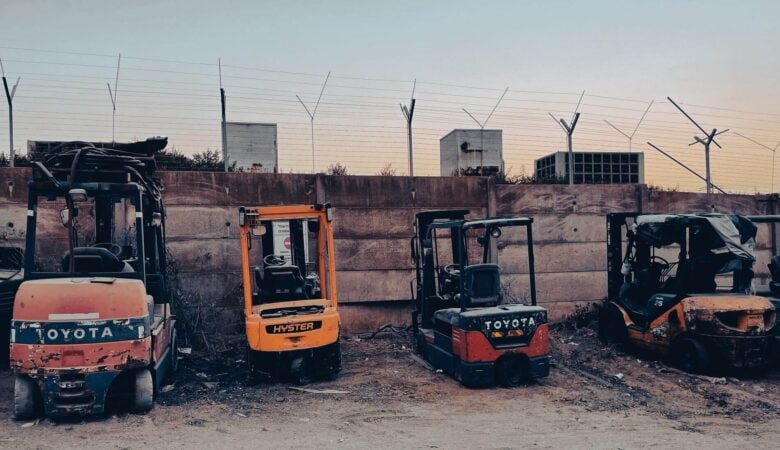Owner-operators and independent contractors driving leased equipment are considered under federal law to be self-employed business owners. As such, they are required to keep track of all of their business-related expenses for the purposes of filing accurate reports and tax filings according to federal and state schedules. Unfortunately, some independent truck drivers do not treat what they do as a business. This is a mistake. We can illustrate just why this is by talking about the trucking supplies needed to be a trucker. Those supplies should be treated as capital investments.

What is Capital Investment?
Capital investments, sometimes known as capital expenditures, are defined in the business world as investments in equipment or supplies critical to maintaining or improving the useful life of existing assets. In terms of a flatbed trucker who owns his/her own trailer, the trailer itself would be an existing asset. Installing new tires on that trailer in order to improve its performance and comply with the law would be considered a capital investment.
As our illustration demonstrates, capital investments are almost always made in relation to equipment or supplies. The trucker’s tarps, straps, winches, ratchets, cargo control and so on are all supplies necessary to improve the performance of the flatbed trailer. They are also supplies that are required to do the job of a flatbed trucker. Therefore, they are assets that are obtained through the process of capital investment.
Make the Distinction:
Making money in any business requires some degree of discipline to control both income and expenditures. This is why successful companies work with annual budgets prepared by looking at history and future expectations. The company without a budget, regardless of its size and scope, is one at a high risk of failure. This is the whole point of treating your purchase of trucking supplies as capital investments.
Setting Up an Annual Budget
When you think of buying supplies as a capital investment, you can start looking at future expenditures in relation to your overall budget. Let’s say your gross income – before taxes and business expenses – is $120,000 annually. Some of that will eventually become the net income you put in your bank account as an ’employee’ of your company. The rest of it will be spent on things such as fuel, truck maintenance, and trucking supplies.
The idea is to work with a budget that projects how much you will spend in the coming year based on historical performance and your expectations of the kind of work you will be taking in the next 12 months. Treating your purchase of trucking supplies as capital investments allows you to plug a number into that budget. Let us use truck tarps as an example.
Let’s assume you replace your flatbed truck tarps every 18 months on average. Most of your tarps are already a year old, so you know they will be replaced sometime during the current budget year. Take the average price you pay for each tarp, multiply it by the number of tarps to be replaced, and enter that number into your budget. That number becomes a capital investment that is essential to keeping your business going.
Conclusion:
You might be wondering how all of this helps with the business of running a truck as an owner-operator. Simply put, it forces you to acknowledge at least an estimate of how much will be spent on trucking supplies. This is motivation to set that money aside so that you have it when the time comes. Also it keeps you on the path of owning and operating successful business that wouldn’t get into cash flow problems. As you estimate income versus expenses, it gives you a realistic picture of your business’ short & long term requirements.









